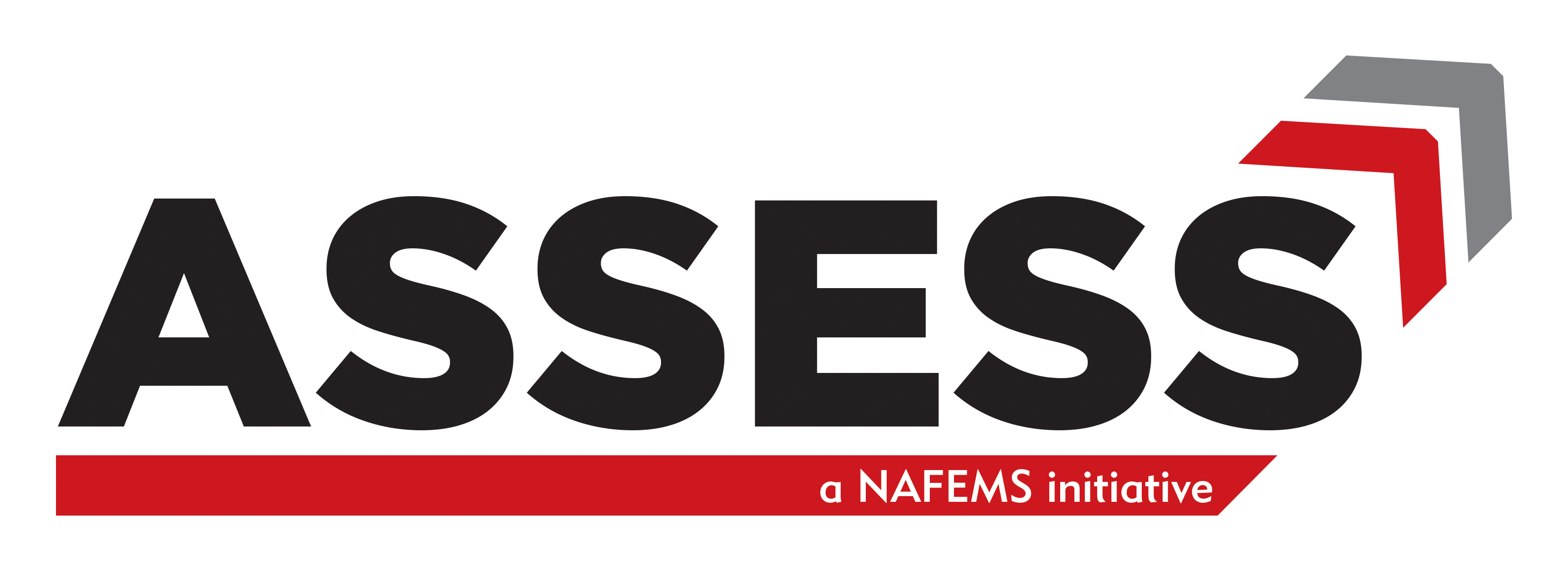ASSESS Insight Webinar
How Engineering Simulation is Bringing a Revolution for Product Development

Thursday, 7 November 2024 | Online
Access the Recording
Access the Slides
Digital tools have been transforming product development. Multiphysics simulation tools, in particular, allow engineers to evaluate options faster and improve product performance while reducing development time and costs. Today, machine learning and AI technologies are moving the needle again and promise greater automation, improved toolchain integration, and acceleration.
To help end users and technology providers understand the current state of the simulation sector, NAFEMS and McKinsey conducted a deep dive analysis of the automotive industry—a sector that has traditionally been a leader in adopting new technologies. Based on surveys and interviews with 50 companies, we collected data on the use of simulation across 28 vehicle subsystems and 11 performance attributes. The result is a highly granular view of the current state and progress of advanced engineering simulation in real-world applications.
Our research reveals rapid but uneven progress, with some engineering domains and application areas benefiting more than others. Dramatic differences can be observed in the dimensions of adoption, growth, and business impact.





